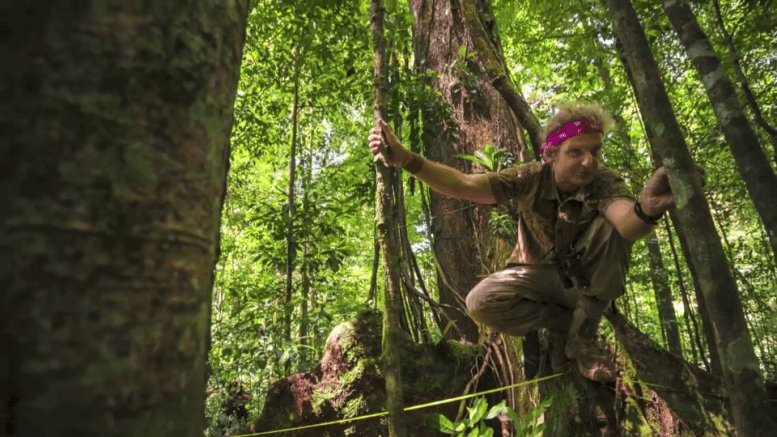
The world’s rarest species — both plants and animals — contribute disproportionally to the ecosystems where they reside, according to research published this week.
This new information is changing how scientists view rare species, many of which are on the brink of extinction.
An international team of researchers, including FIU botanist Christopher Baraloto, is answering the question of just how important these rare species really are. The team’s findings were published in the Proceedings of the Royal Society B. According to Baraloto, who serves as director of the FIU International Center for Tropical Botany, rare species are irreplaceable when it comes to the functionality of ecosystems. When they are removed, ecological processes may be altered with cascading consequences for other plants and animals, as well as ecosystem services.
“We measured the ecosystem services provided by each species as determined from their key morphological and physiological features,” Baraloto said. “The results of this study are compelling because we find consistent effects of rare species loss reducing the functional diversity of communities across three very different groups of organisms.”
The researchers focused on the tropics, where a large proportion of species are rare and high rates of species loss are expected in the near future. They examined stream fish from the Brazilian Amazon, birds from the Australian Wet Tropics, and rainforest trees from French Guiana, where Baraloto has devoted much of his career. To calculate potential impacts from species loss within an ecosystem, the researchers created simulations of species removal, comparing the disruptions caused by the loss of rare species versus more common species.
For example, the researchers point out the importance of Protium giganteum, a rare species of rainforest tree in French Guiana. The tree has thick leaves and thick bark that provide resistance to drought and fire. These trees help maintain forest cover and other services to mitigate predicted increases in drought and fire intensity with climate changes.
Ultimately, it comes down to balance. The disproportionate contributions of rare species can help ecosystems buffer the disturbances currently occurring on the planet. According to the researchers, this reality can no longer be ignored because rare species — while long-valued for their biodiversity and aesthetic values — are even more important than originally believed.
FIU’s College of Arts, Sciences & Education features two centers dedicated to preserving rare species in the tropics and sub-tropics. The International Center for Tropical Botany, a partnership with the National Tropical Botanical Garden, is leading efforts to preserve and study tropical plants. The Tropical Conservation Institute, a partnership with the Rare Species Conservatory Foundation, is focused on saving threatened and endangered wildlife. FIU’s geographic expertise in conservation extends from South Florida to the Caribbean, Central and South America, Africa, the Pacific and Asia. These regions comprise the top global biodiversity hotspots, meaning areas of exceptional species richness facing extraordinary threats.






